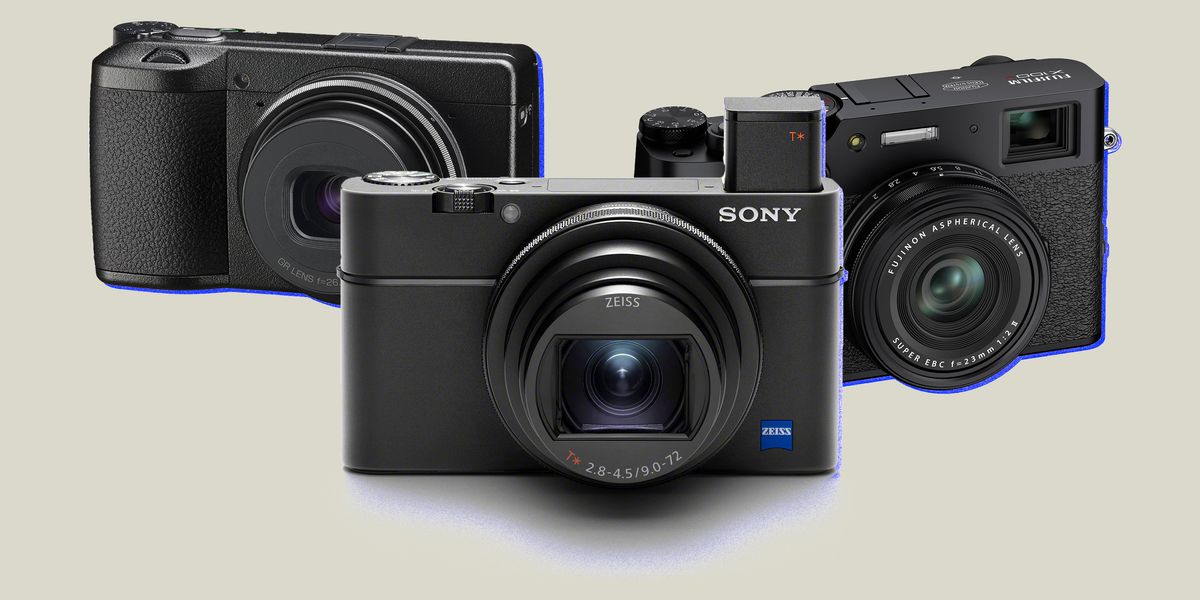
Fashion E-commerce in the era of Industry 4.0
[ad_1]
As the world is witnessing the 4th Industrial revolution (Industry 4.0) in different facets of life, it is influencing fashion too. Using new technologies like augmented reality (AR), virtual reality (VR), automation, and Internet of Things (IoT), several global brands in healthcare sector, sports etc are making strides in tapping the potentials of Industry 4.0 products.
As per a McKinsey & Company report, consumers are spending more time online than ever in search of fashion products, resulting in a boost to fashion e-commerce sector. The major driving factor behind the growth of e-commerce has been the millennials and Gen Z who are the most intelligent, highest earning consumers in the history of fashion, but have the least time to shop offline. In fact, around 30 per cent of Gen Z and 36 per cent of millennials think they would purchase less at brick-and-mortar stores than they previously did, according to a report from Kibo.
Fashion e-commerce has been very dynamic in its approach and acceptance of advanced technologies at various stages to different extents. With more shoppers moving online, brands are using innovative technologies to provide more personalised and hassle-free shopping experiences in the realm of the phygital world.
As per Indian fashion e-commerce giant Myntra, one-third of fashion will be sold online through digital platforms in the next five years.
A major objective of Industry 4.0 is to fill the demand and supply gap by providing more customised products to consumers, by producing in a more sustainable manner ensuring a more transparent efficient value chain and shorter supply chain.
The recent spurt in the growth of the e-commerce industry has compelled brands to provide convenient one-click payment methods, lesser delivery time, better quality assurance in order to gain more consumers’ trust and ensure lasting loyalty, and use omni-channel platforms to reach audience beyond geographical boundaries.
As per the data from Statista, online sale of apparel, accessories and footwear reached $180.5 billion in 2021, which is further expected to increase till 2025.
According to McKinsey & Company, there are few digital leaders whose value chain is significantly digitised, and online and offline channels are integrated to some extent. While some other companies have low levels of digitisation, and their online and offline channels are largely separated. Below are some recent developments that point to adoption of Industry 4.0 in fashion.
• Witnessing the wave of Fashion 4.0, retail chains like Walmart collaborated with Google to provide its products to consumers using Google assistant voice shopping. Pull& Bear is using augmented mobile games to engage potential customers.
• Some innovations like virtual try-on that enables shoppers to create 3D avatars and provide better looking and better fitting outfits to the customer are provided by 3D LOOK, a B2B AI-enabled virtual try-on company.
• Big data analytics offer companies the opportunity to use information in framing the strategies in order to produce the needed quantity in the required sizes preferred by customers.
• The Fashions Story app helps in creating a more circular fashion system by helping consumer create digital versions of their wardrobe, and they are able to sell second-hand clothing to interested people.
• Features like virtual style assistants and automated chatbots help shoppers in finding their required fashion products with more ease and lesser time.
• The Yes fashion app uses AI to understand consumers’ requirements and preferences better and provides very customised fashion options to users based on their style quotient and past search history.
In conclusion, focusing on values like ethical sourcing, sustainable production, higher product quality, better customer services, and gender sensitivity/inclusivity will be key for fashion brands to ensure loyalty, while reaping the advantages of Industry 4.0.
[ad_2]
Source link


